We are NOT our age we are our ENERGY
TIME is not real – it is a human construct to help us differentiate between now and our perception of the past, an equally astonishing and baffling theory states.

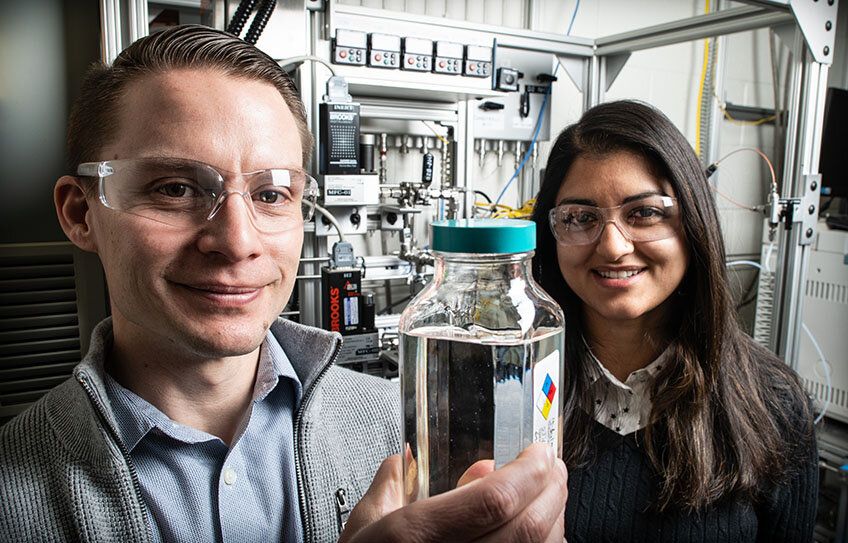
The NREL scientists, along with colleagues at Yale University, Argonne National Laboratory, and Oak Ridge National Laboratory, are part of the Department of Energy’s Co-Optimization of Fuels & Engines (Co-Optima) initiative. Co-Optima’s research focuses on improving fuel economy and vehicle performance while also reducing emissions.
“If you look at biomass, 30% of it is oxygen,” said Derek Vardon, a senior research engineer at NREL and corresponding author of a new paper detailing the Co-Optima research project. “If we can figure out clever ways to keep it around and tailor how it’s incorporated in the fuel, you can get a lot more out of biomass and improve the performance of diesel fuel.” The molecule, 4-butoxyheptane, contains oxygen while conventional petroleum-derived diesel fuel is comprised of hydrocarbons. The presence of oxygen significantly reduces the intrinsic sooting tendency of the fuel upon burning.
The paper, “Performance-advantaged ether diesel bioblendstock production by a priori design,” appears in the journal Proceedings of the National Academy of Sciences. Vardon’s co-authors from NREL are Nabila Huq as the first author, with co-authors Xiangchen Huo, Glenn Hafenstine, Stephen Tifft, Jim Stunkel, Earl Christensen, Gina Fioroni, Lisa Fouts, Robert McCormick, Matthew Wiatrowski, Mary Biddy, Teresa Alleman, Peter St. John, and Seonah Kim.

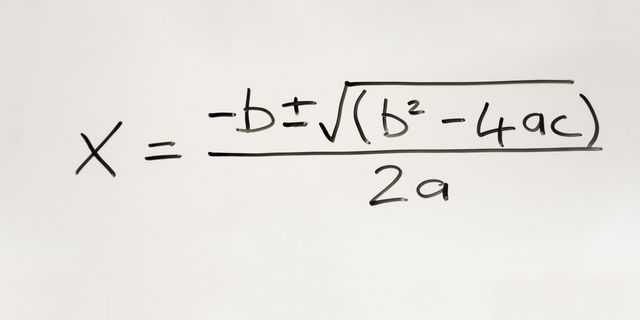
Quadratic equations are polynomials, meaning strings of math terms. An expression like “x + 4” is a polynomial. They can have one or many variables in any combination, and the magnitude of them is decided by what power the variables are taken to. So x + 4 is an expression describing a straight line, but (x + 4)² is a curve. Since a line crosses just once through any particular latitude or longitude, its solution is just one value. If you have x², that means two root values, in a shape like a circle or arc that makes two crossings.

Researchers fabricated a cavity device with a large number of “exceptional points,” which are modes that exhibit exotic phenomena, such as extreme sensitivity to external parameters.
One of the fundamental laws of physics is that energy is conserved, but many local physical systems—seen in isolation—gain or lose energy. For example, a light bulb converts electrical power into radiation, which from the perspective of the electrical circuit is a loss of energy. By contrast, a light beam gains energy as it passes through an amplifying medium. Although one can model the inputs and outputs, it’s often mathematically simpler to just treat energy as a locally nonconserved quantity. Nonconservative systems, referred to as non-Hermitian, have attracted a great deal of interest because they can exhibit potentially useful phenomena, such as enhanced sensing [1] and robust single-mode lasing [2]. These phenomena are intimately related to the ability of non-Hermitian systems to support exceptional points, a type of degeneracy in which two or more modes suddenly coalesce into one (Fig. 1).
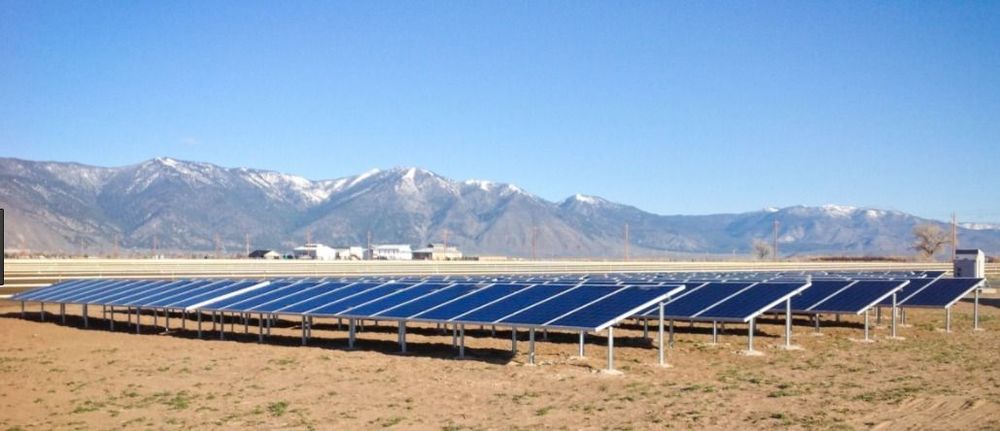

Energy is a critical resource that powers our homes and businesses, and also supports every facet of the U.S. economy and our nation’s security. As technology advances and we become more connected, the likelihood that there will be a successful cyber or physical attack on critical infrastructure increases.
This month we recognize National Critical Infrastructure Security and Resilience Month, which is a great time to reinforce that our nation’s electric companies are working across the industry and with our government partners to protect the energy grid and ensure that customers have access to the safe and reliable energy they need. We also are focusing on strategies to mitigate the potential impact of an attack and to accelerate recovery should an incident occur.
We know that cyberattacks constantly are evolving and increasing in sophistication. As the vice president for security and preparedness at the Edison Electric Institute (EEI), the association that represents all U.S. investor-owned electric companies, I have a deep appreciation for how any threat to the energy grid endangers our communities and the national and economic security of our country.
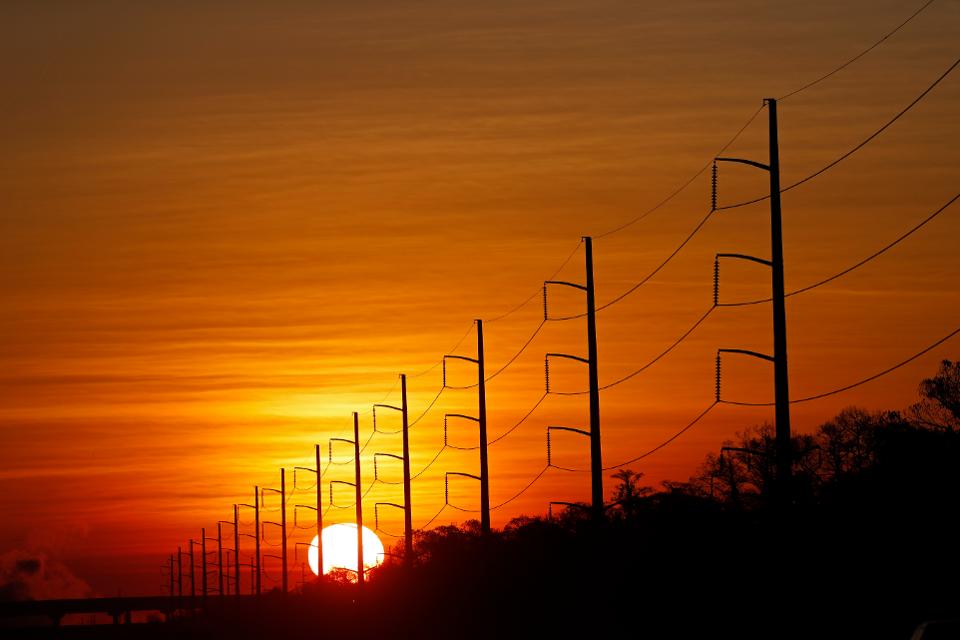
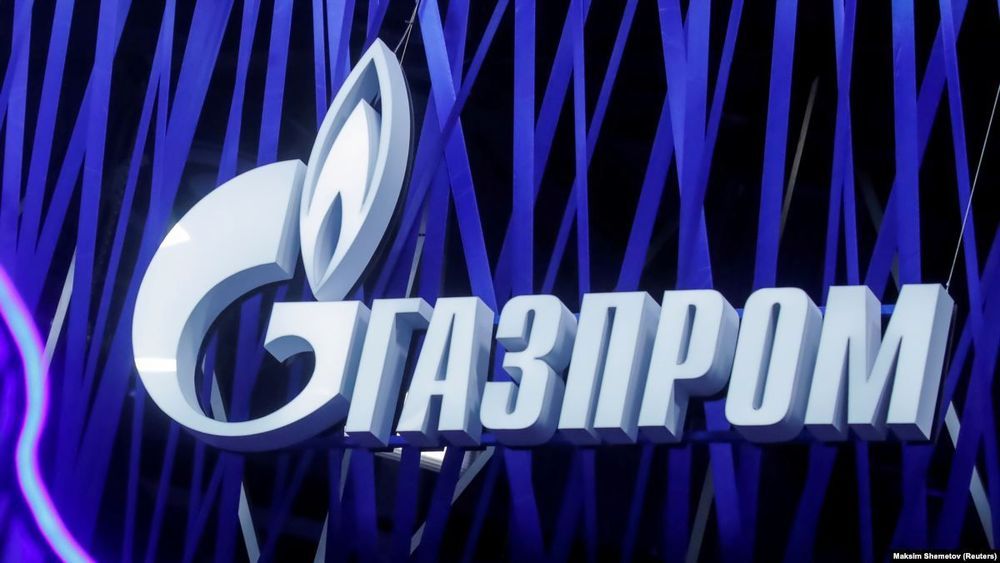
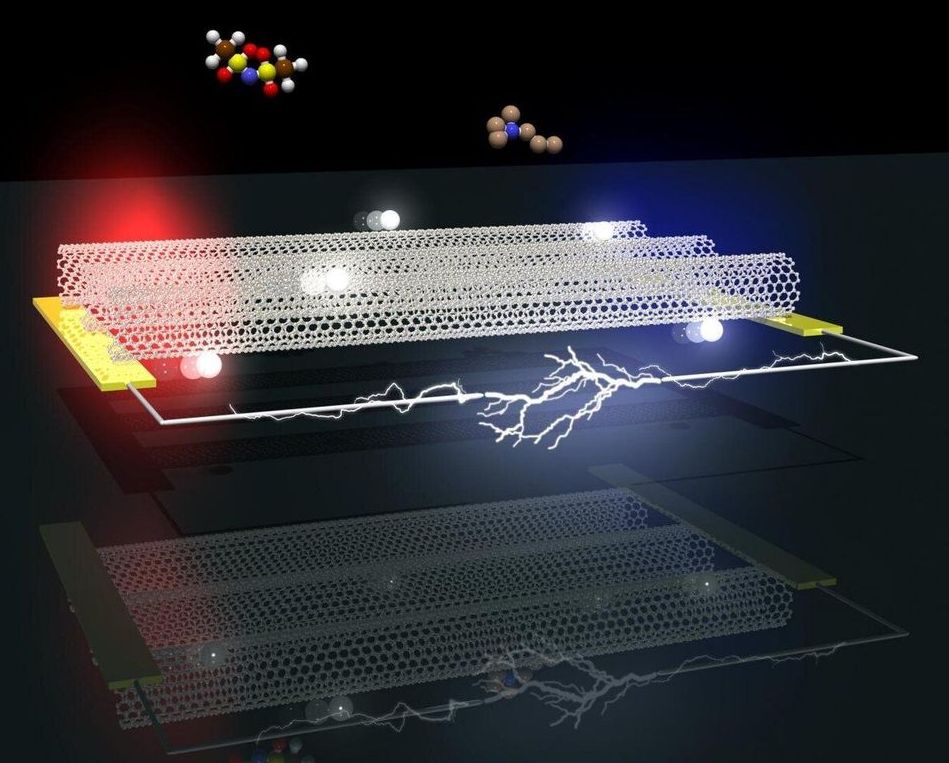
Scientists from Tokyo Metropolitan University have used aligned “metallic” carbon nanotubes to create a device which converts heat to electrical energy (a thermoelectric device) with a higher power output than pure semiconducting carbon nanotubes (CNTs) in random networks. The new device bypasses the troublesome trade-off in semiconductors between conductivity and electrical voltage, significantly outperforming its counterpart. High power thermoelectric devices may pave the way for more efficient use of waste heat, like wearable electronics.
Thermoelectric devices can directly convert heat to electricity. When we think about the amount of wasted heat in our environment like in air conditioning exhausts, vehicle engines or even body heat, it would be revolutionary if we could somehow scavenge this energy back from our surroundings and put it to good use. This goes some way to powering the thought behind wearable electronics and photonics, devices which could be worn on the skin and powered by body heat. Limited applications are already available in the form of body heat powered lights and smartwatches.
The power extracted from a thermoelectric device when a temperature gradient is formed is affected by the conductivity of the device and the Seebeck coefficient, a number indicating how much electrical voltage is generated with a certain difference in temperature. The problem is that there is a trade-off between the Seebeck coefficient and conductivity: the Seebeck coefficient drops when the device is made more conductive. To generate more power, we ideally want to improve both.